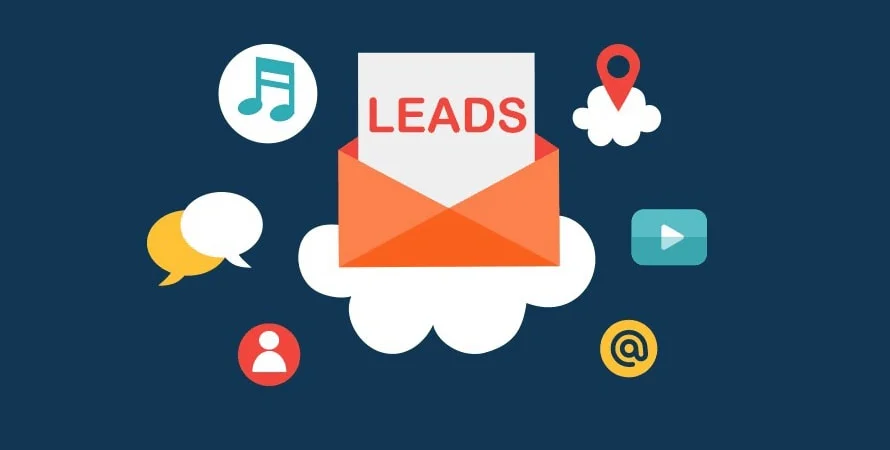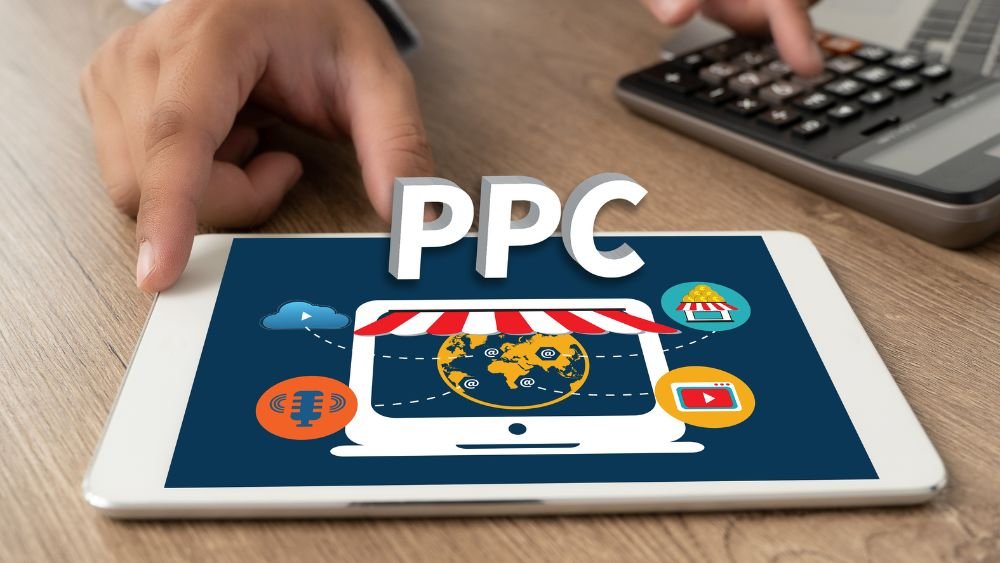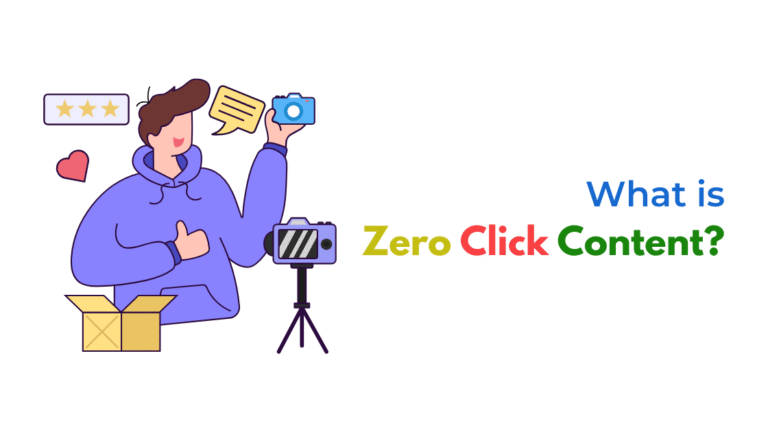Reducing fake leads in paid campaigns requires a blend of advanced tracking, audience refinement, validation techniques, and platform-specific settings to ensure you attract real, high-intent prospects while minimizing budget waste.

Fake leads are a costly and frustrating issue in paid campaigns, especially when the goal is to generate high-quality contacts for sales or nurturing pipelines. Whether these leads come from bots, click farms, or low-intent users trying to access gated content or offers, they dilute performance metrics, waste ad spend, and mislead optimization decisions.
To reduce fake leads in paid campaigns, you need to think beyond superficial filters or form tweaks. This is about deeply embedding authenticity checks into every layer—from the audience selection, ad creatives, form design, and tracking setup to backend validation.
Here’s an in-depth breakdown of how you can mitigate fake leads effectively.
1. Understand the Source of Fake Leads

Before solving the problem, map out where the fake leads are coming from. Are they:
- Mostly from mobile users or specific geographies?
- Driven by certain platforms (Meta, Google Display, TikTok)?
- Filling in spammy names or using suspicious email formats?
- Submitting your form in suspicious volumes within a short window?
Use this insight to reverse-engineer the behavior patterns of fake leads, which will inform your targeting and validation strategy.
2. Restrict Targeting and Use Exclusion Criteria
Open targeting may result in reaching unintended or exploitative audiences. Instead:
- Narrow location targeting and exclude countries or regions known for high bot traffic.
- Use interest layering and behavioral traits instead of just demographics.
- Exclude low-quality placements, such as certain Audience Network apps or mobile-only inventories.
- In LinkedIn or Meta Ads, exclude known job titles or roles that may not be relevant (e.g., “student” or “unemployed” if irrelevant to your offer).
If a specific device type or OS shows abnormally high conversions with poor post-lead engagement, exclude or reduce bids there.
3. Use First-Party Lead Forms with Validation Logic
Using third-party platforms like Meta Lead Ads or LinkedIn Lead Gen Forms can make you vulnerable because you have less control over the form logic. Whenever possible:
- Use your own landing pages with custom forms.
- Implement JavaScript-based validations like:
- Real-time email verification (using APIs like ZeroBounce or NeverBounce).
- Name pattern checks (no “asdf”, “test”, etc.).
- CAPTCHA or honeypot fields to detect bots.
- Consider using phone number validation (e.g., OTP or Twilio’s lookup API) to verify authenticity before submission.
4. Add Friction (But Smartly)
Many marketers think that reducing friction is always better. But if your funnel is too easy to pass through, bots and low-intent visitors will flood your forms. Add controlled friction:
- Ask for extra relevant information (company name, budget range, etc.).
- Use conditional logic—only show the full form after the user engages with a key question.
- Employ multi-step forms to pre-qualify users subtly.
The goal is to deter bots and tire out low-effort users without scaring off qualified leads.
5. Monitor Post-Lead Engagement
Look at what happens after the lead comes in:
- Are they opening your emails?
- Are they clicking on your confirmation links?
- Are they visiting your thank-you pages or scheduling calls?
If not, you’re likely dealing with a high volume of fake or uninterested leads. Tools like Google Analytics 4, HubSpot, or ActiveCampaign can help set up lead scoring based on behavior. Leads that don’t meet thresholds can be segmented or excluded from retargeting and nurturing.
6. Set Up Tracking to Catch Anomalies Early
If you’re not tracking the full user journey (including scroll depth, button clicks, session time), you won’t catch anomalies early. Use tools like:
- GA4 with custom events
- Hotjar or Clarity for session recording
- UTM tagging to track source of each lead precisely
This helps uncover patterns like one-click form submits or zero engagement post-ad-click, which are common with bot traffic or disinterested users.
7. Use Conversion APIs and Offline Events Wisely
If you’re using Meta’s Conversion API or Google Enhanced Conversions, make sure to correlate conversion data with backend CRM signals.
For example, only fire a ‘qualified lead’ event after:
- An email is validated,
- The user books a call,
- Or passes a lead scoring threshold.
This helps platforms optimize not for volume, but for real outcomes—reducing fake leads at the algorithmic level.
8. Continuously Blacklist & Report
Collect IPs, domains, devices, or regions consistently producing fake leads and:
- Blacklist them in your CRM and ad platform where possible.
- Use services like Cloudflare or reCAPTCHA Enterprise for added bot protection.
- Report click fraud or suspicious patterns to Google Ads or Meta through their ad support.
Over time, this reduces recurrence and helps maintain ad account integrity.
Final Thoughts
Eliminating fake leads isn’t about a single tool or tactic—it’s a systems problem. Success lies in weaving detection and deterrence into the DNA of your campaign strategy—from ad targeting and form logic to data validation and post-lead automation. The less you rely on default platform forms and targeting options, and the more control you build into your funnel, the more resilient you become against fake leads.
How Socinova Can Help
At Socinova, we specialize in building ad funnels that don’t just generate leads but generate quality leads. Our team can audit your current lead generation setup across platforms like Meta, Google, and LinkedIn, identify where fake or low-intent leads are slipping in, and implement strategic fixes such as first-party form integrations, backend validation, advanced audience exclusions, and server-side tracking.
Whether you need better lead scoring, automation logic, or just more transparency into your funnel’s data we’ll set it up for you, or fix what’s broken.
Book your lead quality consultation today!




